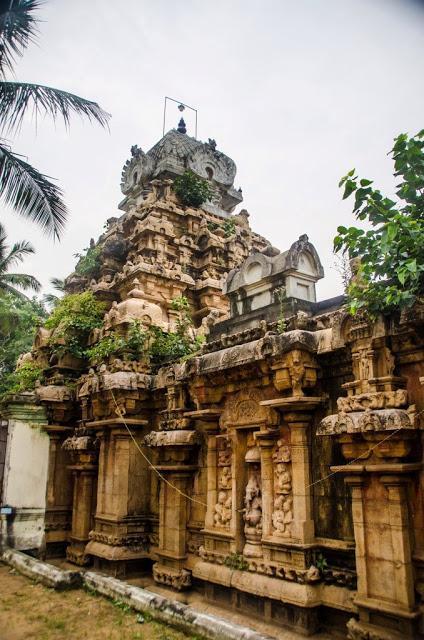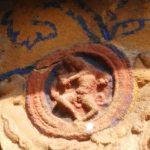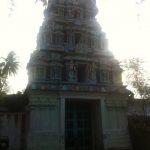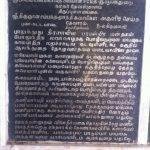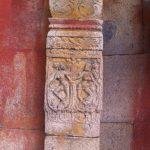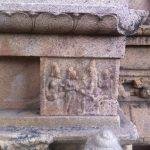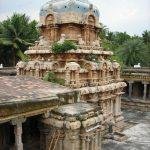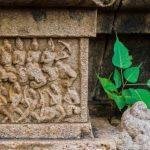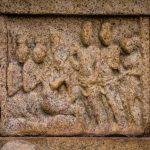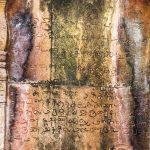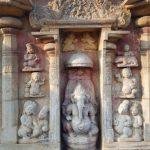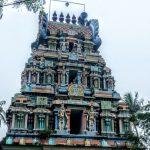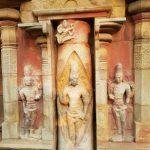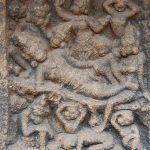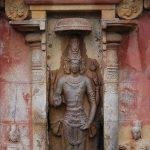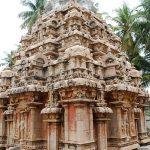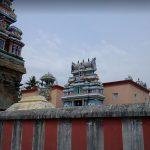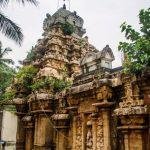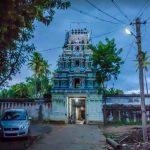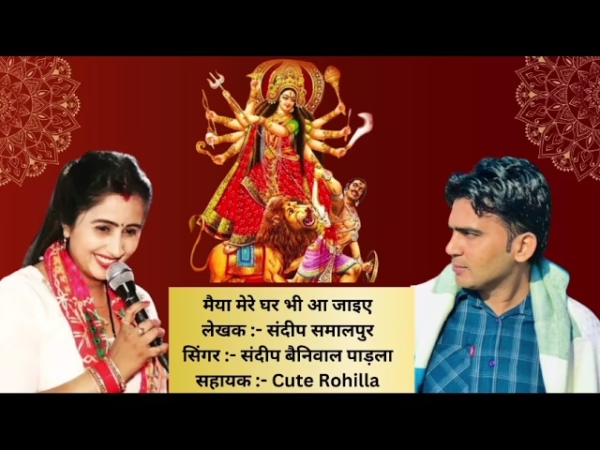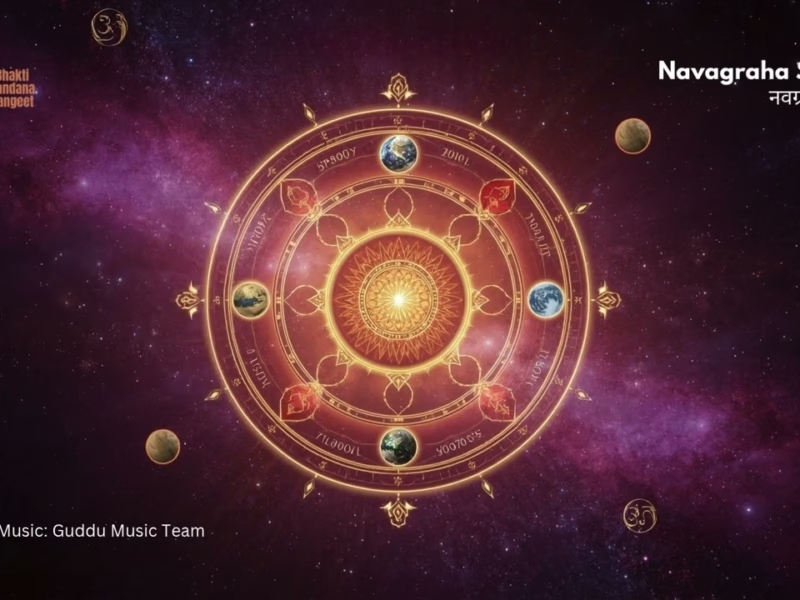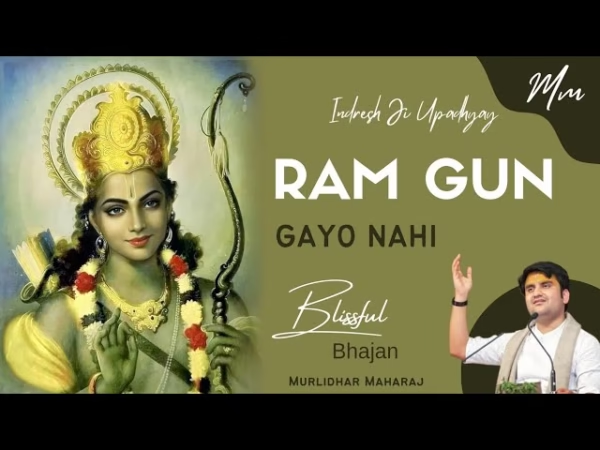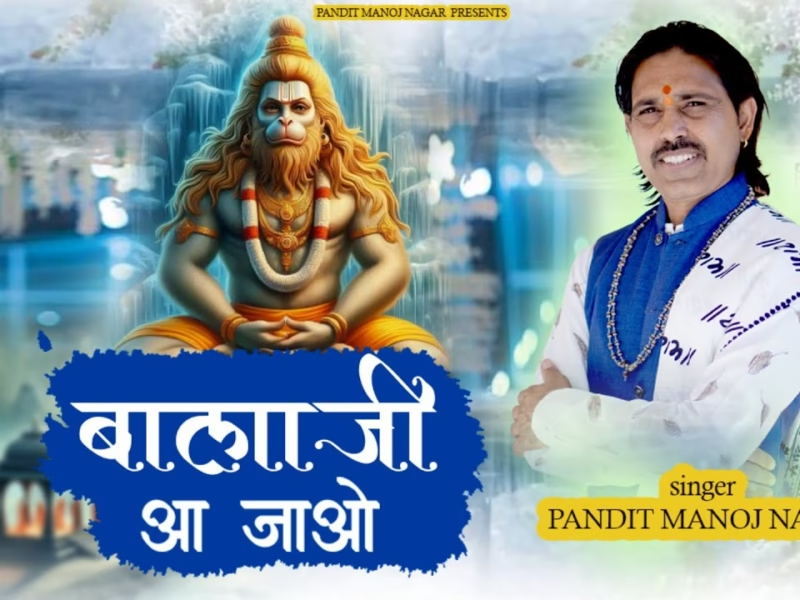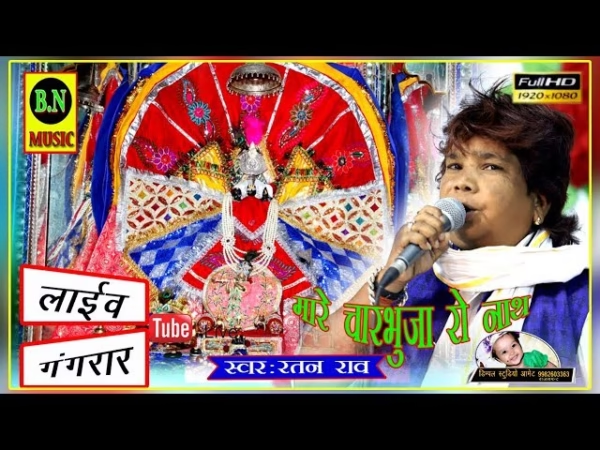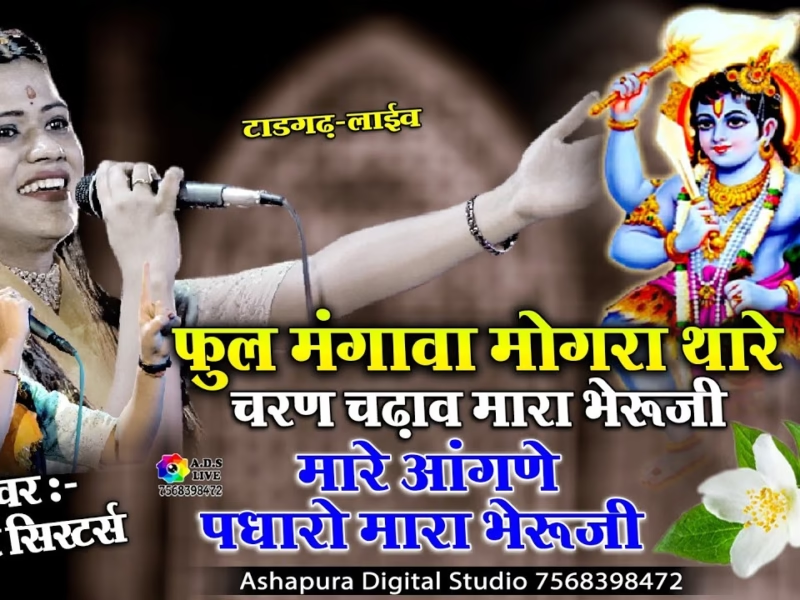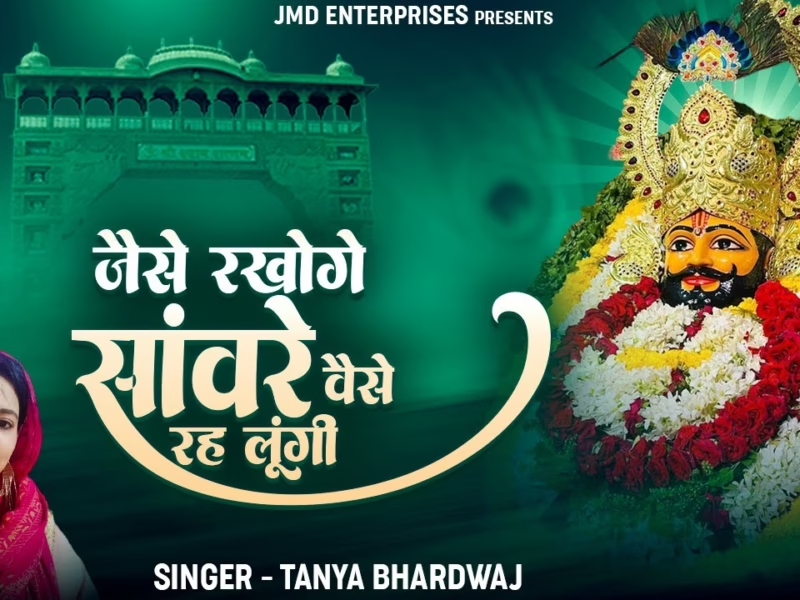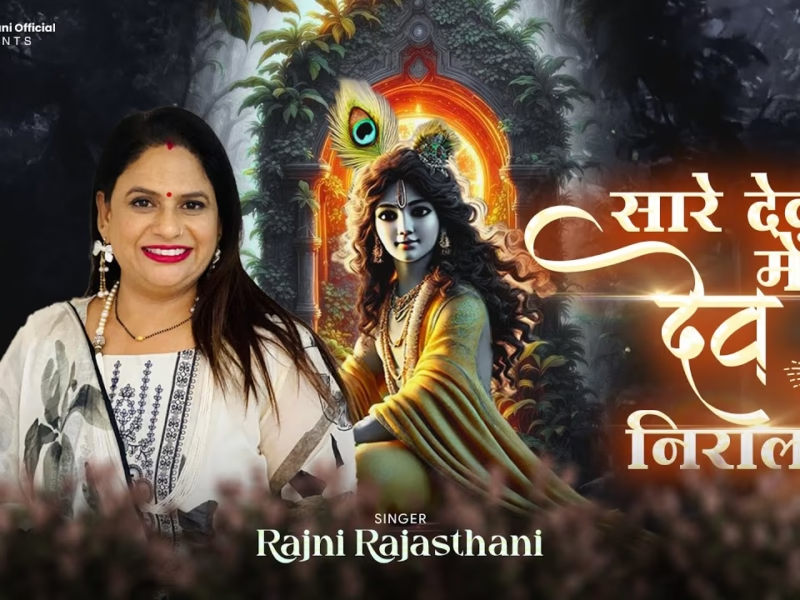Contents
Alanthurai Nathar Temple, Thirpullamangai
| Date built: | 7th century |
|---|---|
| Deity: | Alanthurai Nathar |
| Architectural style: | Tamil Temple architecture |
| Major festivals | – |
| Locale: | |
| District:: | Thanjavur |
| Address: | – |
| Phone | – |
The temple should have existed as a brick structure from 7th Century. The stone templeshould have been built during the reign of Parantaka Chola I, which is evident from the inscriptions found in the temple. There are also inscriptions from the period of Sundara Chola, Aditya Karikalan and Rajaraja Chola.
Earliest References:
Earliest references to this temple are found in “Panniru Thirumurai” (Twelve holy scriptures), a famous collection of Saivite devotional hymns in Tamil, compiled during the middle ages. The first three books of Thirumurai collection contain hymns on various temples of Lord Shiva sung by Saint Thirugnana Sambandar, a child prodigy who lived during early part of Seventh century AD. One of the temples sung by Sambandar in Chola Mandalam area (present day Thanjavur, Kumbakonam and Thiruvarur districts of Tamilnadu) is the Thiruvalanthurai Mahadeva temple at Pullamangai.
On epigraphical grounds, this temple can be identified with the one at present day Pullamangai. From these references, we see that the temple was already in existence and in worship during early 7th century AD. Saint Sambandar’s hymns (Thirumurai 1.16. 1 – 1.16.11) throw interesting light on the state of affairs at Pullamangai, during this early period. Mentioning the name of the place only as Pulamangai and not Pullamangai in all the eleven hymns, Sambandar hails the natural springs that were abound in this area (1.16.1,2,6,7,11). He also makes a curious remark about the many owls that were singing from their tree homes (1.16.5).
Hymns 1.16.2,4 and 11 seem to suggest that an early course of river Cauvery was running near the temple, during Sambandar’s times. This is not the case as of now. An epigraph from Chakkarapalli – a nearby place – suggests that the river might have changed its course during the latter half of 10th Century AD. It is very likely that the structure that stood during Sambandar’s period was made out of brick and timber, constituting the Sanctum Sanctorum and probably an Artha and Mukha Mandapas. It should have been worshipped by the local devotees and those from nearby areas.
Beyond Sambandar, we do not find any mention about the temple, either from Saint Thirunavukkarasar – his contemporary or from Saint Sundarar, who comes a little later. Thus, it is safe to assume that the temple did not rise to major prominence during 7th / 8th Century AD. At least one more temple by name Thiruvalanthurai existed in South India during Sambandar’s times. This was located in a place called Pazhavoor identifiable with the present day Keezha Pazhavoor in the Ariyalur District of Tamilnadu. This temple has also been glorified by the Saint in 11 stanzas.
Chola Period:
The temple was constructed under the joint reign of Aditya-I and Parantaka-I, a time of intense temple building across Tamil Nadu. Aditya converted several ancient Shiva temples into more permanent granite structures on both banks of Cauvery River, while Parantaka provided a golden roof for the ancient Shiva temple at Chidambaram. But of all their works, the Temple at Pullamangai is undoubtedly the finest example of what is now known as the Parantaka School of architecture.
Going by the inscriptions and other archeological evidences, it is surmised that this temple might have been built during the early years of Chola king Parantaka Choladeva-I (907-953 AD). During Parantaka’s reign, the kingdom was at war many a times, but still the pious act of converting early Saivite brick temples to granite structures continued without many setbacks. This temple came under the royal attention of Parantaka during his reign who subsequently reconstructed it in stone.
The garbhagriha (sanctum) and the Arthamandapam (secluded hall) of the temple belong to the earlier structure, while there have been newer structures added to it lately. All the parivara (consort) shrines of the earlier period have not survived and few newer shrines have come up. The sculptures of this temple are highly acclaimed for its beauty.
Apart from the lovely Devakoshtam (divine) images of Dakshinamurthy, Lingothbhavar,Brahma and Durga, the vimana(shrine) too houses exquisite images of Vishnu, Narasimha, Tripuranthaka. The temple has series of miniature panels depicting scenes from Ramayana. The sculpting in this temple is of high class and speaks volume of Chola artistry.
Nayak & Maratha Period:
This Temple was later renovated by Vijayanagara ruler Veera Sumbanna Udayar with sanctions of land for temple maintenance. He also built the Rajagopuram for this Temple. The then Thanjavur Maratha king Prataba Simhan, who was paying tax to the Arcot Nawab delayed the payment once. Exasperated, the Nawab, invaded Thanjavur twice. The second army of the Nawab Anwaruddin camped near the Pasupathi Koil village and began attacking the temple with a tanker.
In retaliation, king’s commander Manojiappa gave a fitting fight and defeated the Nawab and captured him. Thus, the place and the temple were subjected to successive calamities and was renovated by the King Prathapasimha. One can find a mix of Cholas, Nayakar and Maratha cultures in the temple now.
Present Status:
After the days of kings were over, there was none to take care of the temple and its maintenance leading to its poor condition. Many beautiful sculptures had been robbed and there is no trace of them. The first corridor (prakara) was almost floored off. The Goddess and her shrine were almost destroyed. Bats were flying.
Architecture
The temple is incarnated by the hymns of Thevaram, the 7th century Tamil literature and is classified as Paadal Petra Sthalam. This is the 133rd Devara Paadal Petra Shiva Sthalam and 16th Sthalam on the south side of river Cauvery in Chozha Nadu. Tirugnanasambandar has sung hymns in praise of Lord Shiva of this temple. Praised by Saint Gnanasambandhar in Thevaram Blue necked, adored by Kondrai flowers in hair, Ganga occupying his head, my Lord in Alandurai surrounded by fragrant gardens, let us worship his Lotus feet ever.
Legend / Local stories
Saptha Mangai Sthalams:
This is one of the seven temples (Saptha Mangai Sthalams) and also praised in the hymns of saint Tirugnanasambandar who lived in the seventh century. Thiruchakkarapalli is the first in this series. These seven temples were worshipped by the Sapthamadhas – Ariamangai, Chakkara Mangai, Shoola Mangai, Nandhi Mangai, Pasu Mangai (Pasupathi temple), Thazha Mangai and Pulla Mangai and also the Saptha Rishis (seven sages).
Alanthurai Nathar:
Shiva is said to have consumed the poison that emanated from the churning of the milky ocean here – hence he is called as Alanthurai Nathar.
Pullamangai:
It is also believed that Parvathi Devi is said to have taken the form of a Chakravaha bird and worshipped Shiva here, hence the name Pullamangai. Some sources say that the name Pullamangai is sourced from the Kites that live in the Temple Tower.
Naga Shakti Shrine:
This temple is so special that the eight Ashta Naga Devas offered 300 million Nagalinga flowers in worship here on a Shivaratri night. So, it is at this Naga Shakti shrine that the Mother Goddess got the darshan of Shiva with the divine snakes sporting on his neck.
Kamadenu worshipped Lord Shiva here:
This temple was worshipped by the Divine Cow Kamadenu. This is depicted in a sculpture.
Maada Kovil:
A Chola king, Kochengat Cholan was a spider in his previous birth, spun webs on the Shivalinga and worshipped Lord Shiva. The spider spun the webs to prevent birds spitting on the Linga and falling of stale leaves in the Lord. Knowing not the Bhakthi of the spider, an elephant, also a Shiva devotee performed abishek to the Lord with water from Cauvery, thus removing the spider web. The spider entered into the ears of the elephant. Unable to bear this torture, the elephant struck the ground strongly with its tusk and died killing the spider too. Both reached the Feet of Lord Shiva simultaneously.
The spider begged the Lord to grant him a royal birth and was born as Kochengat Cholan and built temple which elephants could not climb. These temples are called Mada temples. Based on this story and the services of Kochengat Cholan, these events are sculpted in the templetower in small size. Scientifically too, these Mada Temples are considered a means to protect people of Cauvery delta villages from heavy floods.
Alanthurai:
As the site is located on the banks of Kudamurutti river with the banyan tree as the Sthala Vruksha, it was called as ‘Alanthurai‘ in the olden days. ‘Aalam’ means banyan and ‘Thurai’ means ‘river banks’.
Brahmapureeswarar:
Brahma got rid of his curse in this temple; hence, Lord Shiva is also called asBrahmapureeswarar here.
Photo Gallery
How to Reach:
Contact Details
Official Address

